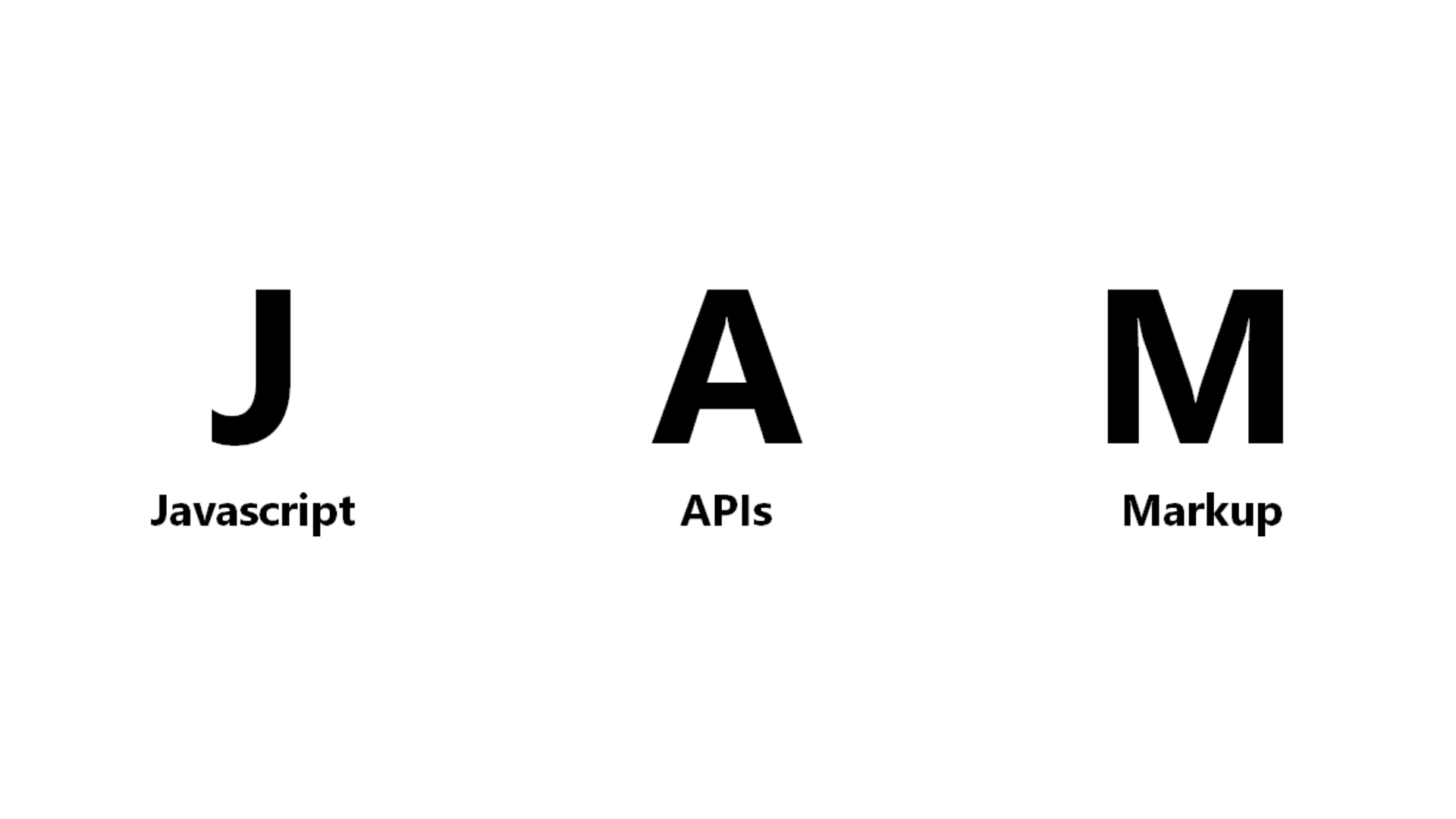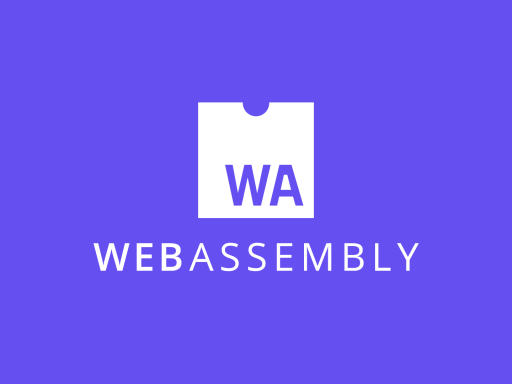Web development is a constantly evolving field, with new technologies and methodologies emerging regularly. One such innovation that has been gaining significant traction is the JAMstack architecture. If you’re a developer, tech enthusiast, or someone keen on modern web solutions, understanding JAMstack could be pivotal for your next project. This article will delve deep into what JAMstack is, its benefits, and why it’s considered the future of web development.
What is JAMstack?
JAMstack is an acronym that stands for JavaScript, APIs, and Markup. Unlike traditional web development architectures, JAMstack separates the frontend from the backend, focusing on delivering static files directly from a Content Delivery Network (CDN) while using JavaScript and APIs to handle dynamic functionalities. This approach results in faster, more secure, and scalable web applications.
JavaScript: Responsible for dynamic functionalities and interactions within the website.
APIs: Serve as the intermediary for server-side operations, allowing the frontend to communicate with backend services.
Markup: Refers to the pre-rendered HTML files that are served from a CDN, ensuring fast loading times.
Why JAMstack?
- Performance: By serving pre-rendered static files from a CDN, JAMstack sites load incredibly fast. This improved performance not only enhances user experience but also contributes to better SEO rankings, as Google considers page speed a critical factor.
- Security: Traditional web applications often expose a large attack surface due to server-side processing. With JAMstack, the backend is decoupled, and the static nature of the files significantly reduces potential vulnerabilities.
- Scalability: Scaling JAMstack applications is straightforward. Since the content is served from a CDN, handling a surge in traffic is as simple as increasing the CDN capacity.
- Developer Experience: JAMstack allows developers to work with modern tools and workflows. It supports continuous deployment, modern build tools, and a clear separation of concerns, making development more efficient and enjoyable.
Key Components of JAMstack
- Static Site Generators (SSGs): Tools like Gatsby, Next.js, and Hugo are popular choices for generating static sites. They allow developers to build sites using frameworks like React or Vue and pre-render the content at build time.
- Headless CMS: Content Management Systems like Strapi, Contentful, and Sanity provide an API-first approach, decoupling the content from the presentation layer. This fits perfectly with JAMstack’s architecture.
- Serverless Functions: AWS Lambda, Netlify Functions, and Vercel Functions allow developers to run server-side code without managing server infrastructure. These functions can handle tasks like form submissions, authentication, and other backend operations.
- CDN: Content Delivery Networks like Cloudflare, Netlify, and Vercel ensure that your static files are distributed globally, resulting in faster access and reduced latency.
Real-World Applications of JAMstack
Many high-traffic websites and applications are adopting JAMstack for its performance and scalability benefits. Some notable examples include:
- E-commerce Websites: JAMstack’s fast loading times and scalability make it an excellent choice for online stores. Services like Snipcart and Shopify can be integrated to handle the commerce functionalities.
- Blogs and Content-Heavy Sites: Static site generators like Gatsby and Hugo are perfect for blogs. They ensure quick load times and excellent SEO performance.
- Corporate Websites: Companies are leveraging JAMstack to build their corporate websites due to the ease of maintenance and enhanced security.
Getting Started with JAMstack
If you’re interested in exploring JAMstack, here’s a basic roadmap to get you started:
- Choose a Static Site Generator: Depending on your preference, select an SSG like Gatsby, Next.js, or Hugo.
- Set Up a Headless CMS: Connect your static site to a headless CMS like Strapi or Contentful to manage your content.
- Deploy to a CDN: Use platforms like Netlify or Vercel to deploy your site. These platforms also provide serverless functions and other tools to enhance your JAMstack application.
- Optimize for Performance: Leverage caching, image optimization, and other performance enhancement techniques to ensure your site is lightning fast.
- Monitor and Scale: Use monitoring tools to keep an eye on your site’s performance and scale your infrastructure as needed.
Future of Web Development with JAMstack
The web development landscape is rapidly changing, and JAMstack is at the forefront of this transformation. Its ability to deliver high-performance, secure, and scalable web applications aligns perfectly with the needs of modern web development. As more developers and organizations recognize these benefits, JAMstack is poised to become the standard architecture for building web applications.
Conclusion
JAMstack is not just a trend; it’s a paradigm shift in web development. By decoupling the frontend from the backend and focusing on static files, APIs, and JavaScript, JAMstack offers unparalleled performance, security, and scalability. Whether you’re a seasoned developer or just starting, embracing JAMstack can open new possibilities and elevate your web development projects to new heights.
Further Reading and Resources
For more in-depth information on JAMstack, check out the following resources:
By leveraging the power of JAMstack, you can stay ahead in the ever-evolving world of web development. Happy coding!





